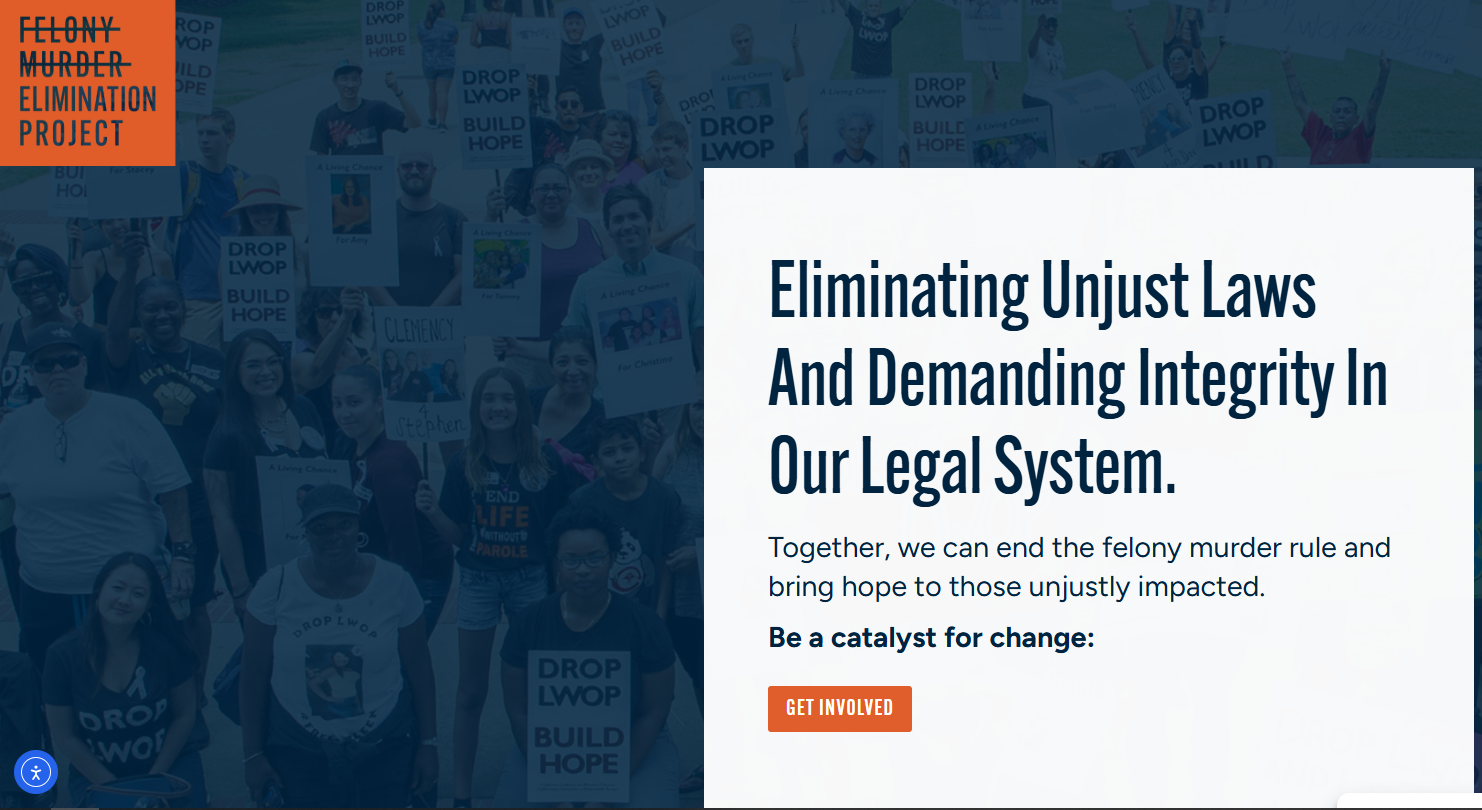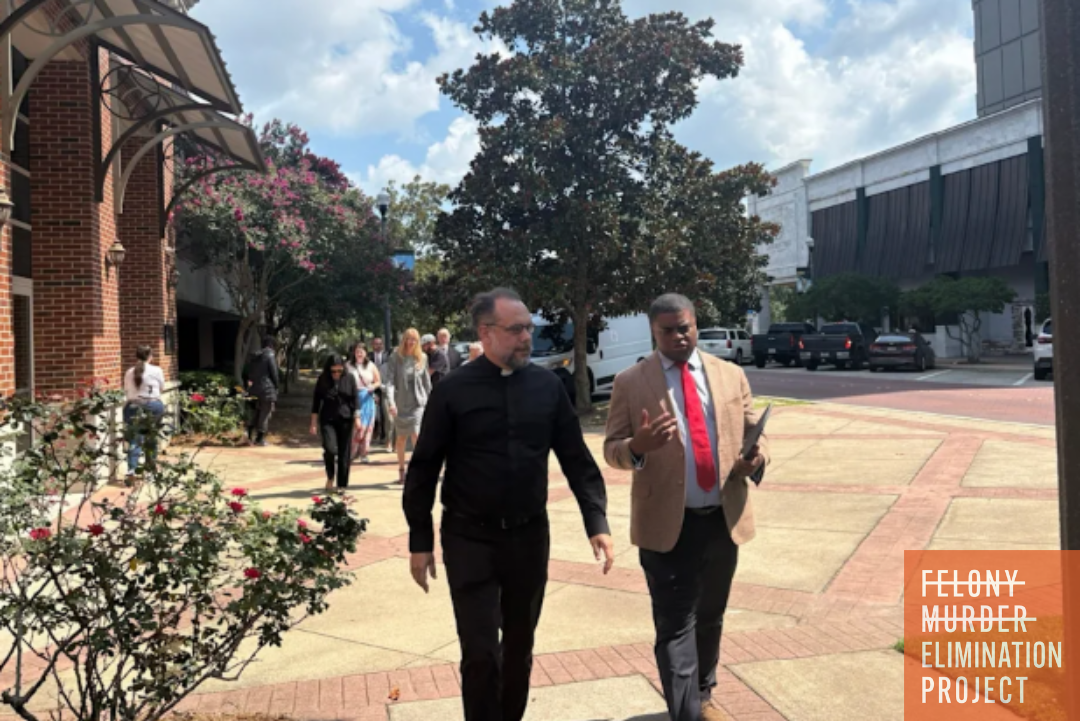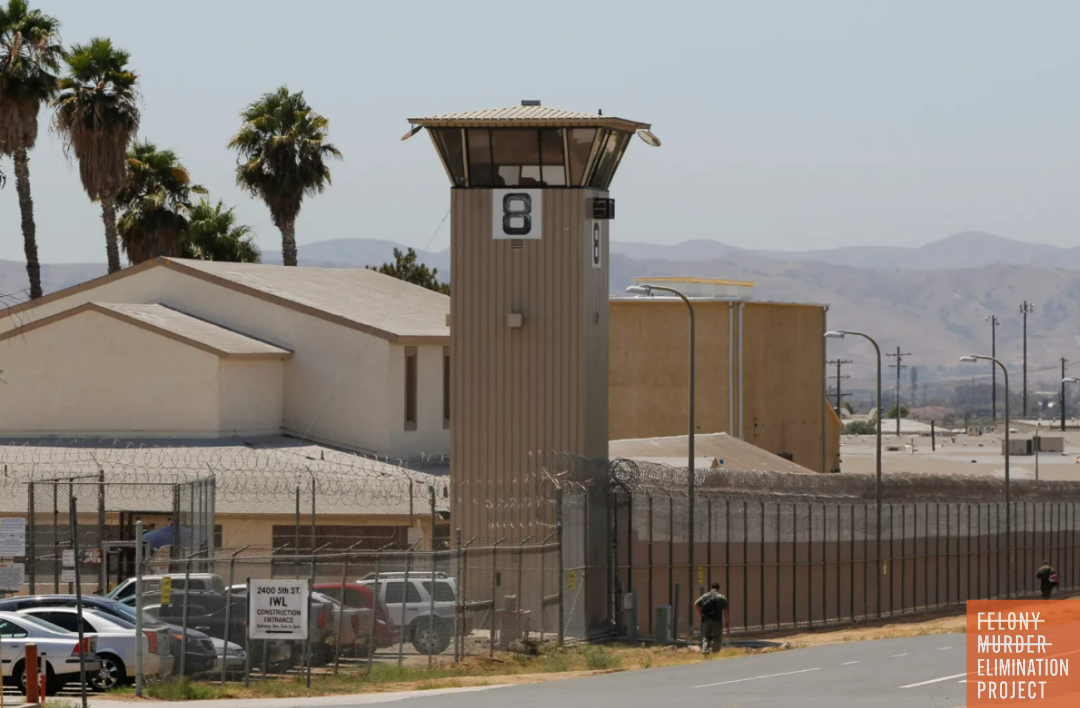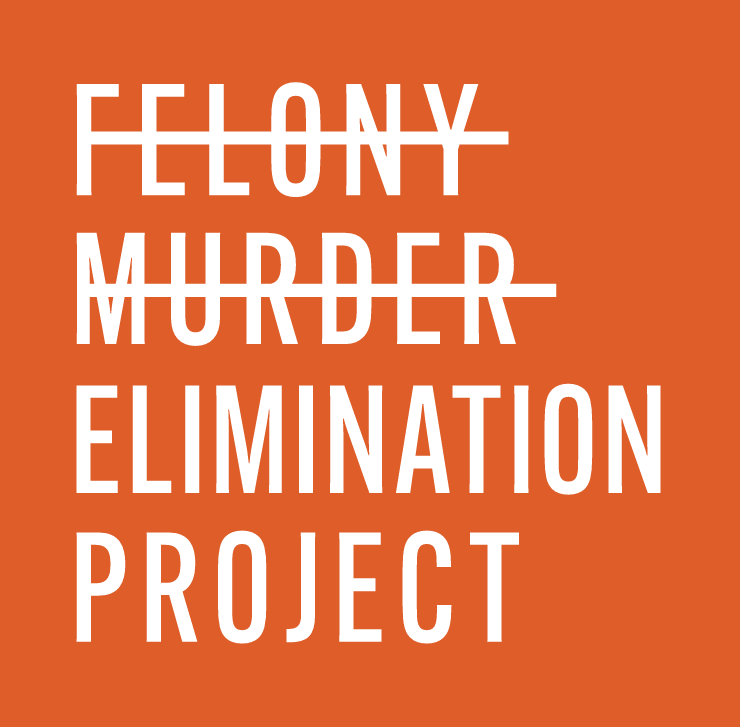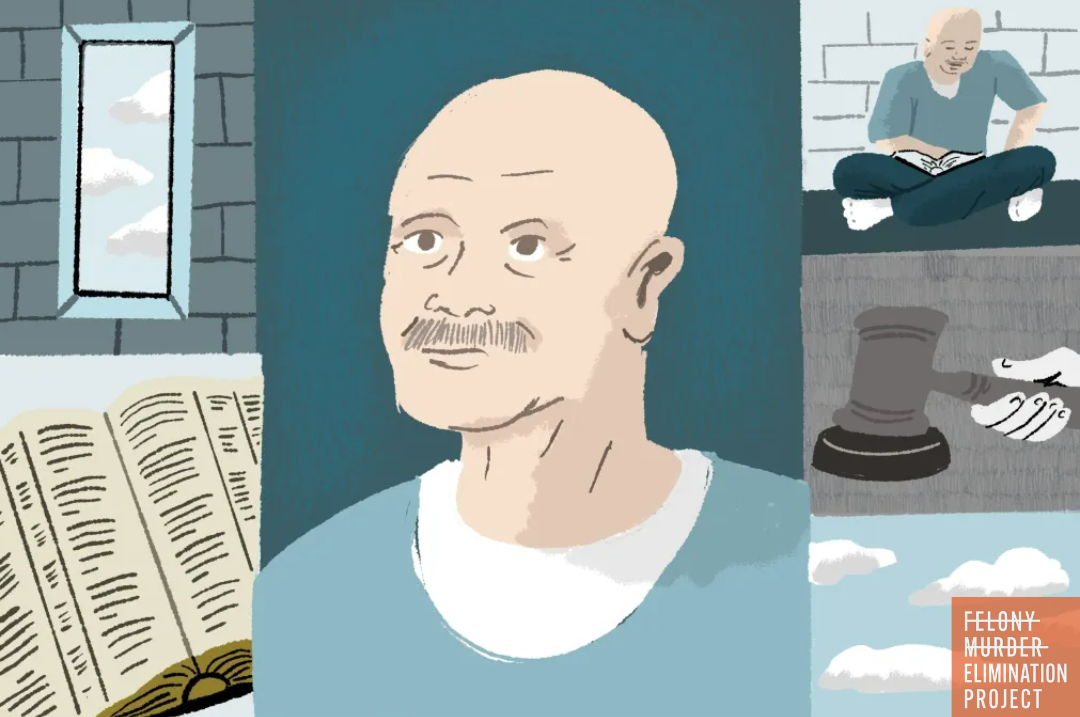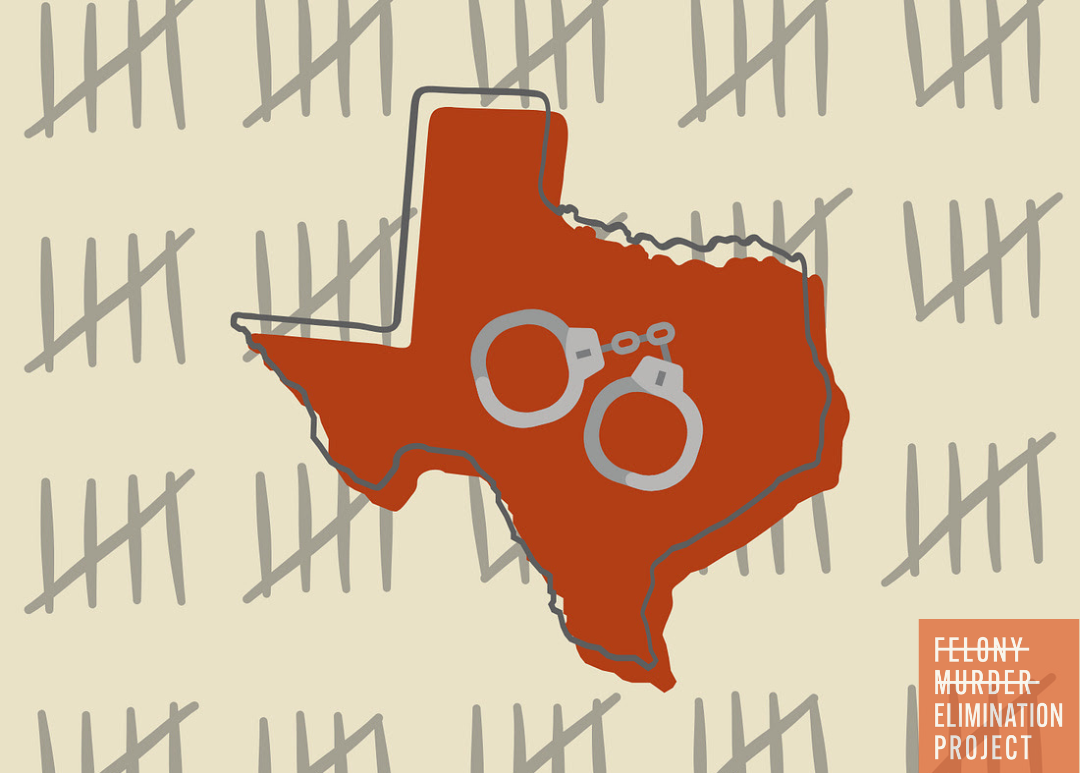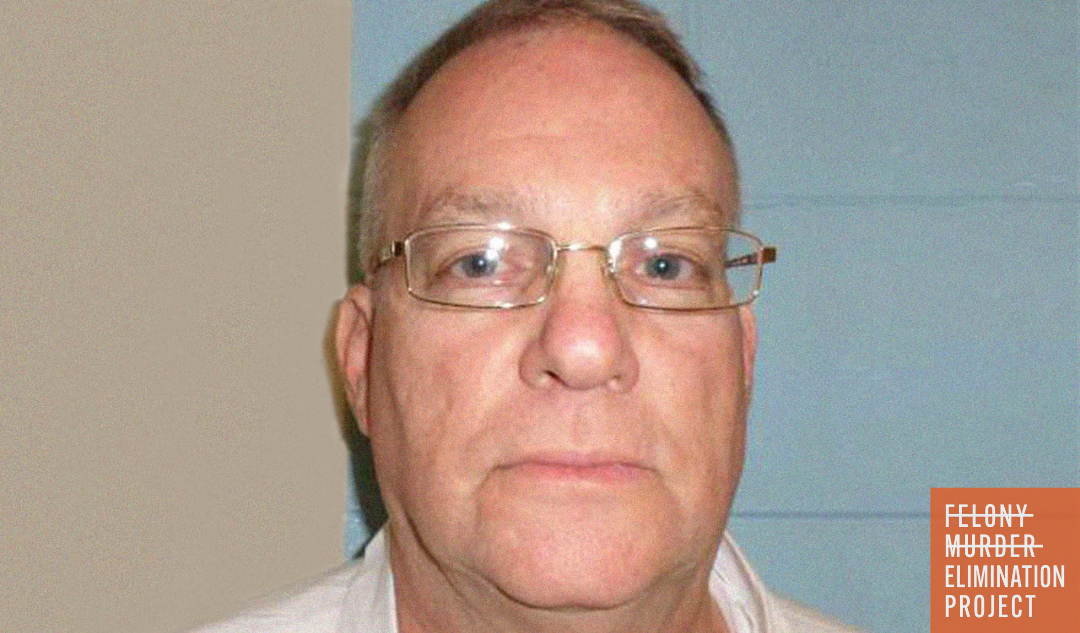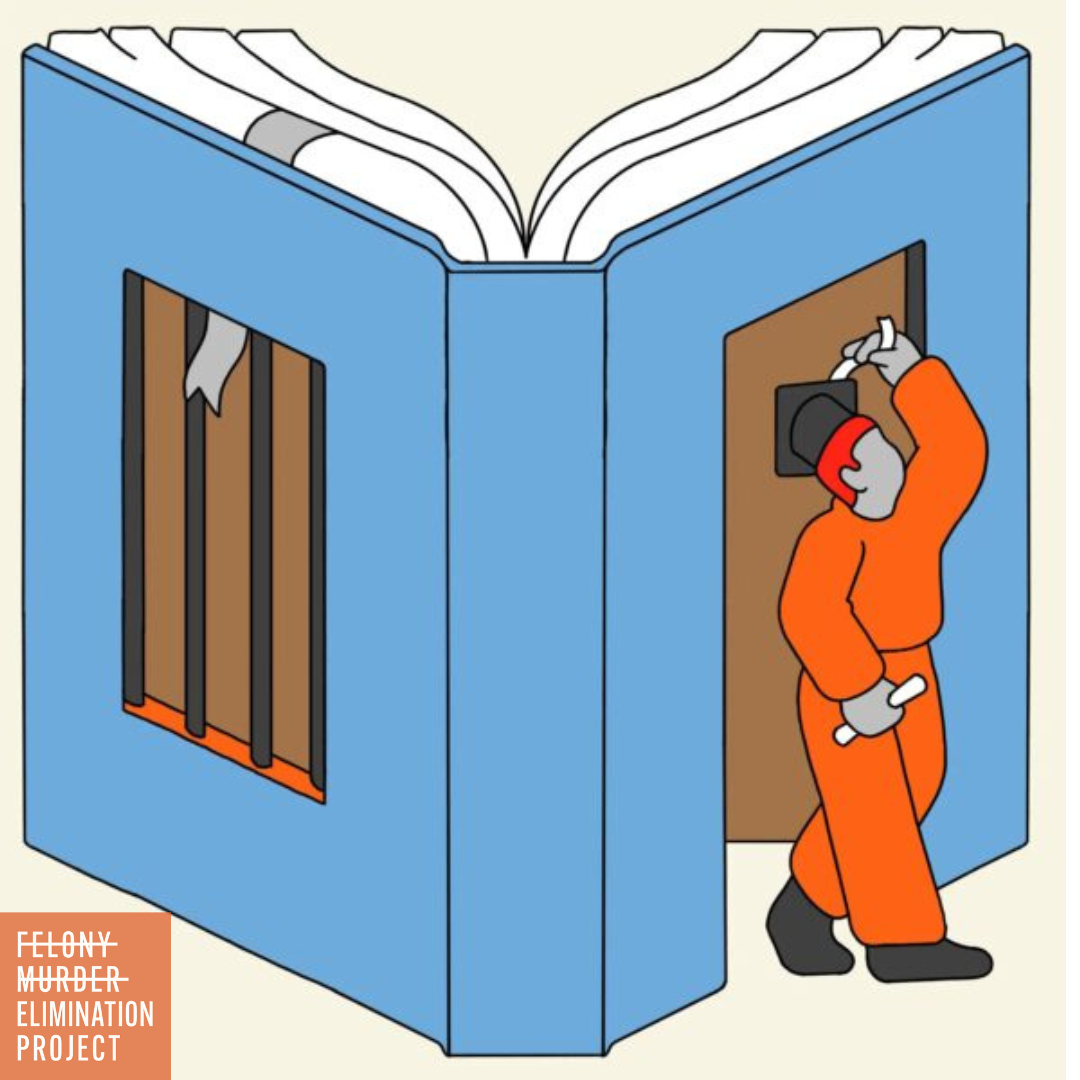A World Focus - Combatting Recidivism With Help From Friends
What California can learn from Norway about recidivism
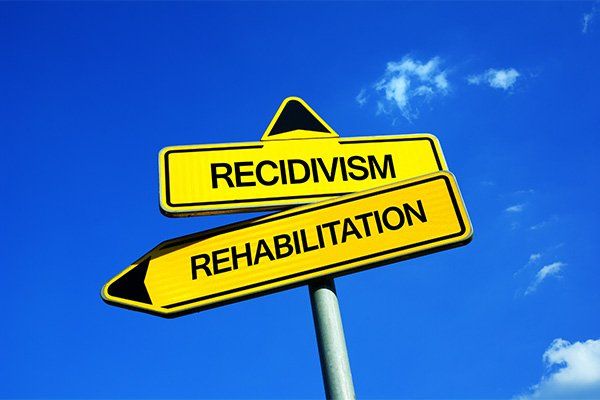
According to the California Department of Corrections and Rehabilitation, two-thirds of inmates currently incarcerated will, upon release, return to prison within three years, either through new offenses of parole violations. In a system that's already begging for overcrowding solutions, reversing this trend is mission critical to achieving that end, and that's the first of many benefits to reduced recidivism rates.
Looking to take on this effort, Democratic Assemblymember Carlos Villapudua of Stockton took note of the rehabilitation programs offered in Norway. Contrasting recidivism numbers reported from California, Norway's rate of recidivism is down from 60%-70% in the 1980's to about 20% today. Officials credit the improvement to an obvious yet important change in philosophy about prioritizing rehabilitation over punishment.
While this is ideal in theory, the practice of carrying out this philosophy in the U.S fails due to clearly defined goals and lack of popular support. How did Norway tackle this philosophical change? It asked itself; what kind of neighbors do we want released prisoners to be? That question itself philosophically addresses the NIMBY (not in my backyard) mindset that so often stifles reform and prevents community support of criminal justice reform efforts.
In stark contrast to prison systems in the US, prisons in Norway are considered part of the community, not isolated institutions. Life inside prison needs to resemble life outside, as much as security considerations and resources allow. The more streamlined and guided the transformation from imprisonment to freedom, the greater the chances to prevent reoffending. This includes allowing outside, third-party organizations to provide health care, employment and education servicers, bringing community life into the prison and vice versa.
Critics say that the Norwegian system isn't severe enough on criminals. Yet, as in the US system, prisoners still are required to take responsibility for their actions – past, present and future. Overall, the Norwegian system focuses on a motivating question; is it more effective for a person to want to stay away from crime or rely on the system to try to scare them away from it?
Again, who would you rather have as a neighbor; one motivated by success or one motivated by fear?
To read further on Assemblyperson Villapudua, his bill AB2730, and how California can benefit from Norway's success, check out Nigel Duara's article at Cal Matters.

